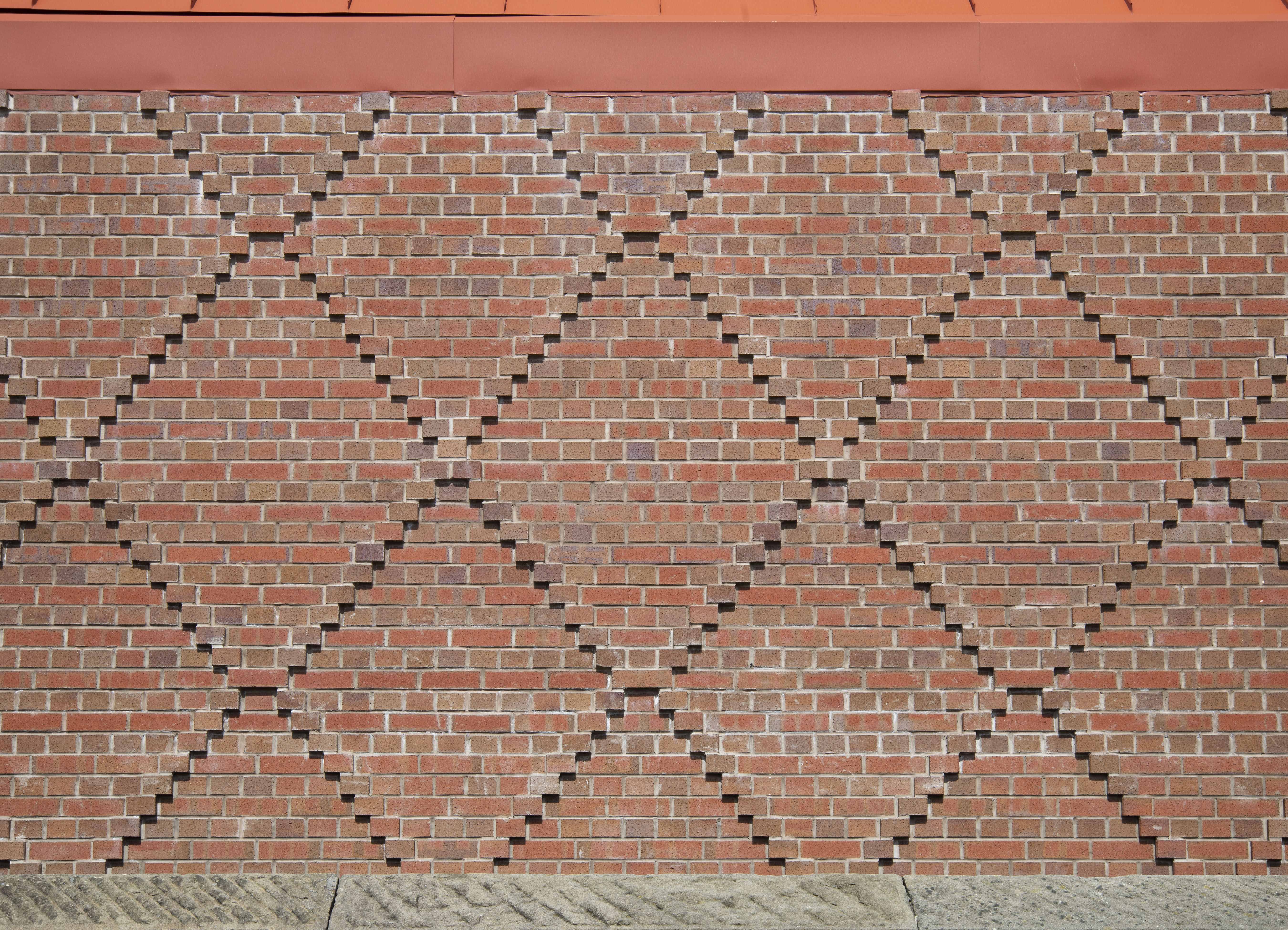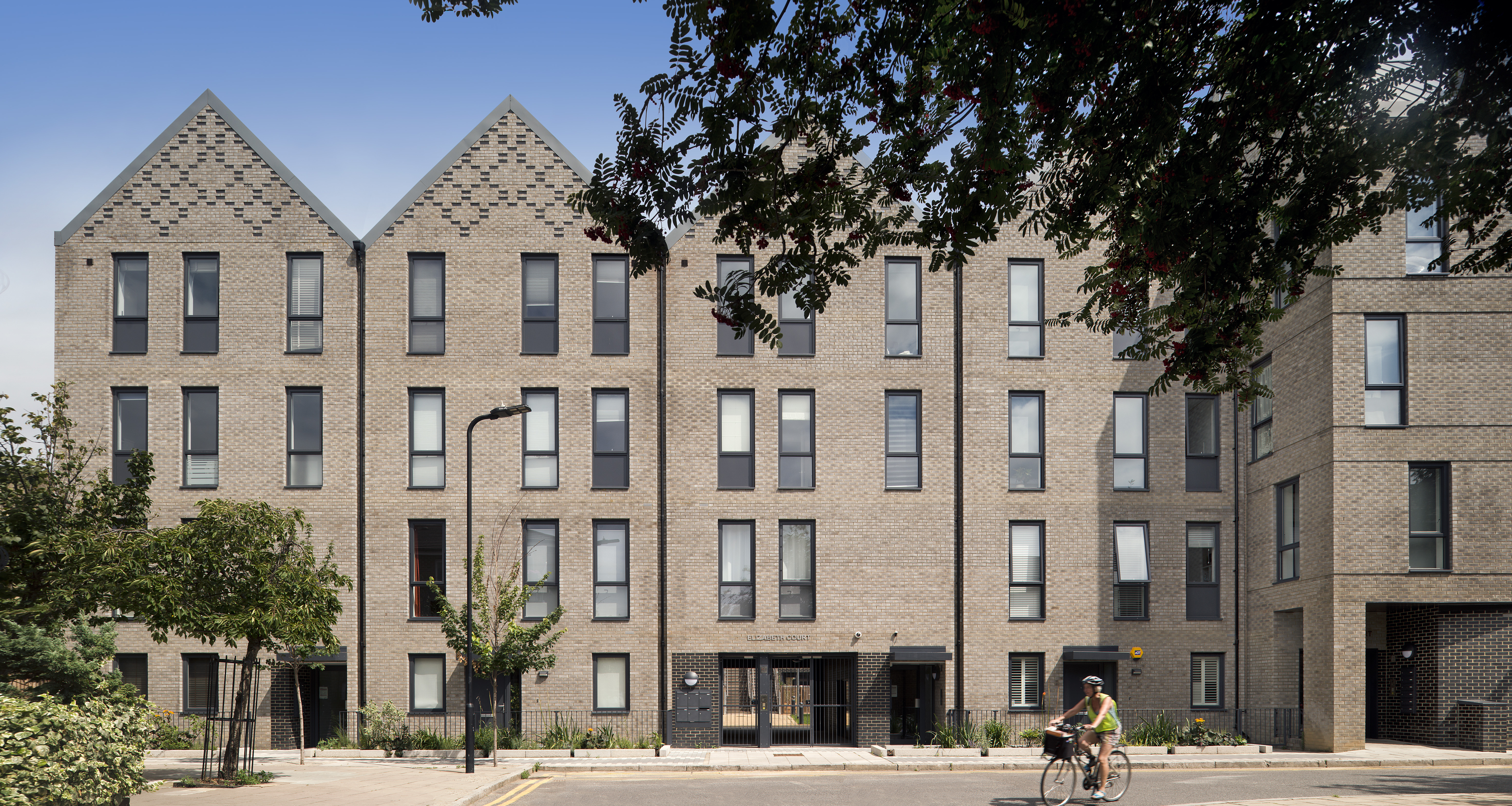Inspiring brickwork
Inspiring brickwork
Colours, sizes, textures and more
Bricks have been used as a building material since Roman times. But the product has evolved over the centuries as manufacturers have developed new techniques, adding interesting colours and finishes. With so much choice available, selecting the perfect brick for your project can seem a daunting task. Here are our top tips to get you started.

Image supplied by Michelmersh / Beccy Lane
Blend in a modern extension
If you like the idea of a new extension but want it to blend seamlessly with your existing house choosing a matching brick is essential. Salvage yards often have a large stock of bricks and are happy to provide samples. If you are lucky, you might be able to find a good match to the original brick. If you opt for reclaimed bricks, make sure there are enough to complete your extension project, allowing for wastage. In some cases, up to 30 per cent of reclaims can be unusable.
Reclaimed bricks are a sustainable option. The bricks will have aged naturally and have lots of character. However, it may not be possible to find an exact match if the original brick is an unusual size or colour. And reclaimed bricks may only be available in limited numbers and can be of variable quality. New clay bricks are required meet the European Standard BS EN 771-1, including resistance against frost attack whereas reclaims won’t.
New bricks can offer a good alternative. Most manufacturers offer bespoke brick matching. The service is usually free and based on a sample of the old brick or a photo. They should be able to source bricks similar in texture and size.
Size matters
Bricks have changed significantly in size over time. Imperial bricks sizes are measured in inches and are generally larger than the standard metric size of 215 x 102.5 x 65mm. The metric system was adopted in 1965. If your house was built before then, it’s likely the bricks are an imperial size. This can make it challenging to match them whether for a minor repair or a new extension. Michelmersh is among suppliers to stock brick ranges in both metric and imperial sizes. It can also make special shaped bricks from its manufacturing base near Romsey, for example long bricks. The size of brick plays a crucial role in the overall aesthetic of a building. Larger bricks can be effective in minimalist designs when clean lines are required. Meanwhile, smaller than standard bricks contribute to a more detailed and textured surface, often seen in older homes.
It may be possible to mix different brick sizes for a new extension to produce a visually striking effect but always take advice from your architect as the building needs to be structurally stable.
Colour palette
Colour is one of the first considerations when it comes to finding the perfect brick for a project. Most people think of the classic red brick when envisioning brickwork. While red bricks create a sense of tradition and warmth, there is a diverse palette to choose from earthy browns, grey and blue tones to white, cream and yellow. Brick supplier Varndersanden, for example, offers more than 100 different colours of brick.
While you may want to pack a visual punch with a bold, contrasting extension, it’s important to consider the context. If the house you want to extend is built of cream and yellow Cotswold stone, for example, choosing grey bricks probably won’t go down well in your local planning department. If your home is listed or you live in a conservation area, you are likely to be limited in your choice of bricks.
Traditionally, the colour of bricks in buildings was influenced by the local clays available. This was when there was a network of small brickworks across the UK, but many have now closed and today the market is dominated by a few large manufacturers. As a result, many regional brick types are no longer available. Brick tinting can be a useful way of matching new bricks to old, blending in a new extension or to make repairs less noticeable.
There is a growing trend for home improvers to mix and match different colours and textures to create their own signature blend of bricks for a building. Again, it’s probably best to take advice from a design professional to ensure the result is aesthetically pleasing rather than an eyesore.
 Image supplied by Michelmersh/Beccy Lane
Image supplied by Michelmersh/Beccy Lane
Textures
The texture of a brick is influenced by the manufacturing process. If you want to achieve a uniform and smooth finish, then a modern factory-made brick is likely to be the best option, The clay is pushed out or extruded into a column and then wire-cut to keep it smooth before drying and firing in a kiln.
But if you want to match existing bricks or you’re building in a conservation area, handmade bricks can contribute to a more rustic and time-work aesthetic. Traditionally, all clay bricks were formed by hand. The method is simple: a ball of clay is rolled in sand by hand and then thrown in a mould. Folds are created when the clay is thrown into the mould, giving handmade bricks a rougher, open texture.
Handmade bricks offer more flexibility as they can be made up as non-standard sizes bricks to meet specific design criteria for a bespoke firing, though this will be expensive.
Specifying pre-weathered bricks is another way to match new bricks with existing ones. Vandarsanden, for instance, claims its aged range offers the same appearance as reclaimed bricks but without sacrificing the quality of new bricks. “After the drying process, extra pigment is added to the surface of unfired bricks, they are then tumbled in an industrial sized drum. Only then are bricks placed inside the kiln for firing,” explains the supplier’s website.
Brick bonding
Once you’ve chosen the brick size, colour and texture you want, you’ll need to think about the bond or the pattern the brickwork is laid. Brick bonding not only has an impact on aesthetics but has a structural job to do as it spreads the load. There are different ways in which the stretcher (the longer, rectangular face) and the header (the shorter, square face) of a brick can be laid.
Stretcher bond, also known as running bond, is created when the bricks are laid with only their long rectangular sides showing, overlapping midway with the course of bricks below. Meanwhile, “Stack” bond is when the bricks are lined up with each other which creates a simple clean and modern appearance but isn’t very structurally strong. Traditional Flemish bond features alternative stretchers and headers on every course or row of brick.
Feature design details can also be created. For instance, dogs-tooth involves a projecting course of bricks laid at 45 degrees. With “Wild” bond, the bricks are laid in seemingly random formation, which gives a cobbled, traditional appearance.
Mortar colour is another key consideration as it accounts for 15-17% of the visible brickwork of a wall, depending on the bond pattern. The same bricks can have a totally different appearance depending on what mortar colour is chosen.
The overall look of your project is affected not only by the colour of the façade brick but also by its size, laying pattern and joint. Whether aiming for a seamless extension to your existing house or a bold, modern statement, the versatility of brick means the possibilities are limitless.
